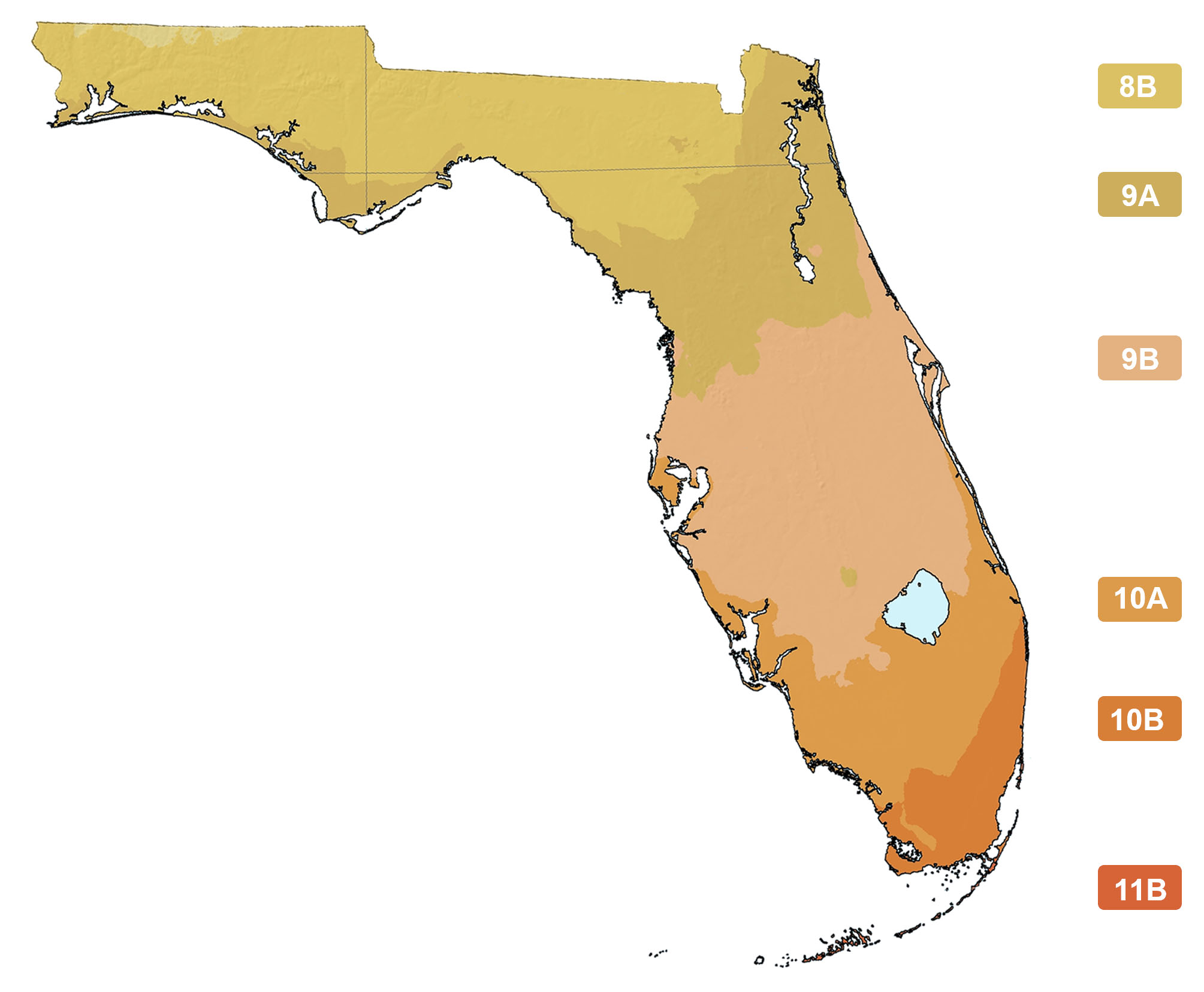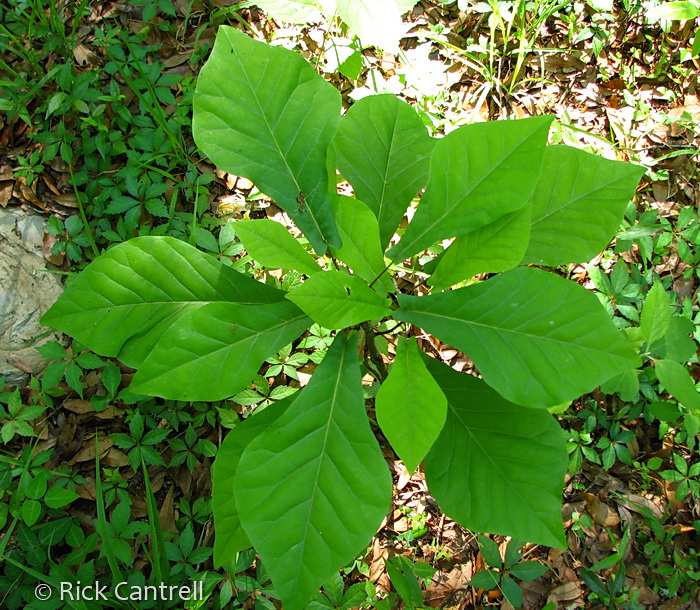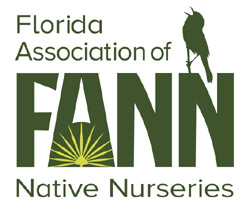Magnolia pyramidata
Photographs belong to the photographers who allow use for FNPS purposes only. Please contact the photographer for all other uses.
Pyramid Magnolia
Magnoliaceae
Plant Specifics
| Form: | Tree | |
| Size: | 10-20 (30) ft tall by 10-25 ft wide | |
| Life Span: | Long-lived perennial | |
| Flower Color: | White | |
| Fruit Color: | Red,brown | |
| Phenology: | Deciduous | |
| Noted for: | Showy flowers, Interesting foliage |
Landscaping
| Recommended Uses: | Small specimen tree where its large leaves give it interest. Its large white flowers are an asset in mid-spring. | ||||||||||||||||||||||||||||||||||||||||||
| Propagation: | Seed (sow fresh) or semi-hardwood cuttings. | ||||||||||||||||||||||||||||||||||||||||||
| Availability: | Native nurseries, Seed | ||||||||||||||||||||||||||||||||||||||||||
| Light: | Part Shade, Shade | ||||||||||||||||||||||||||||||||||||||||||
| Moisture Tolerance: |
always floodedextremely dry |
||||||||||||||||||||||||||||||||||||||||||
| (Somewhat moist, no flooding ----- to ----- Somewhat moist, no flooding) | |||||||||||||||||||||||||||||||||||||||||||
| Moisture Tolerance: | Somewhat moist, no flooding ----- to ----- Somewhat moist, no flooding | ||||||||||||||||||||||||||||||||||||||||||
| Salt Water Flooding Tolerance: | Not salt tolerant of inundation by salty or brackish water. | ||||||||||||||||||||||||||||||||||||||||||
| Salt Spray/ Salty Soil Tolerance: | Low/no tolerance of salty wind or direct salt spray | ||||||||||||||||||||||||||||||||||||||||||
| Soil or other substrate: | Sand | ||||||||||||||||||||||||||||||||||||||||||
| Soil pH: | Acidic | ||||||||||||||||||||||||||||||||||||||||||
Ecology
| Wildlife: |
Seeds are eaten and dispersed by birds and small mammals. | |
| Insects: | Beetles are the primary pollinators of magnolia flowers. The flowers have a hardened carpel to avoid damage by their gnawing mandibles as the feed. The beetles are after the protein-rich pollen. Because the beetles are interesting in pollen and pollen alone, the flowers mature in a way that ensures cross pollination. The male parts mature first and offer said pollen. The female parts of the flower are second to mature. They produce no reward for the beetles but are instead believed to mimic the male parts, ensuring that the beetles will spend some time exploring and thus effectively pollinating the flowers (In Defense of Plants blog). | |
| Native Habitats: | Slope forest, upland mixed forest. Rare. |
Distribution and Planting Zones
Natural Range in Florida
USDA Zones
Suitable to grow in:

USDA zones are based on minimum winter temperatures
Comments
| General Comments: | Any pruning should happen during the growing season, not when the plant is dormant. This small tree is listed as Endangered by the FDACS. Please acquire from reputable sources with proper permits. |



